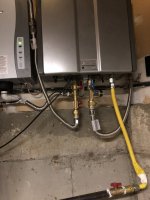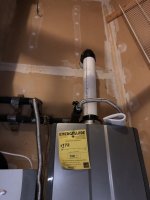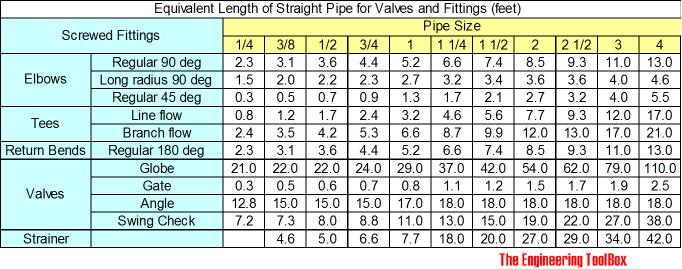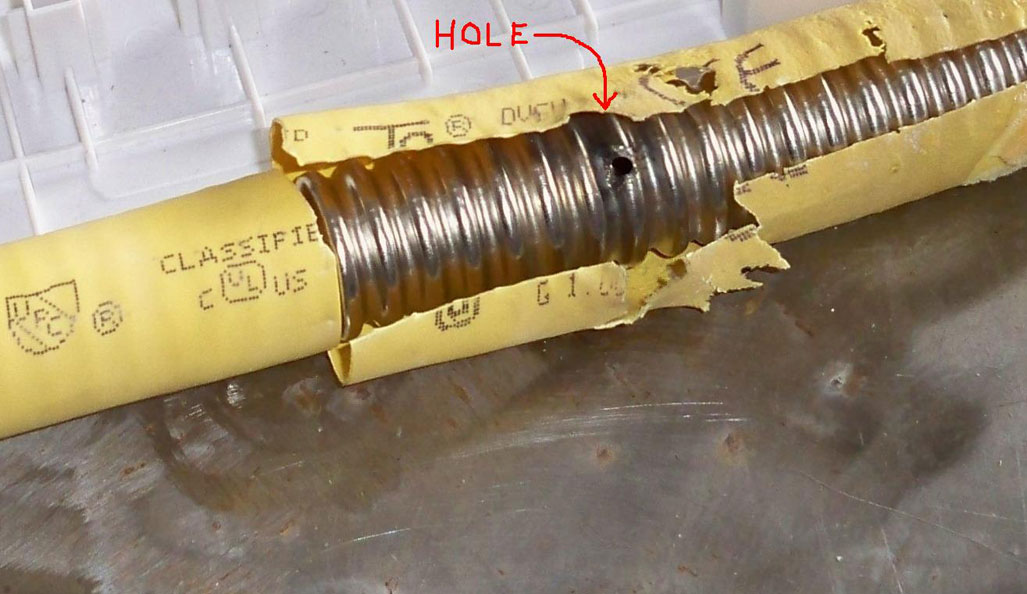partnerinflight
New Member
So got myself into a bit of hot water (forgive the bad pun), was hoping the fine folks here could help with some know-how.
So I bought a Rinnai RUR98iN tankless water heater online. Due to a confluence of bad luck and stupidity, I contracted an HVAC company to install the thing, even though they weren't an authorized Rinnai dealer. Upon examining their installation, however, I was a bit horrified. Here are the things I noticed -- please tell me whether each one of the following "issues" is actually an issue, and if so, how severe.
For clarity, the water heater is installed in the garage of a 2-story single-family house.
1. No Pressure Release Valve installed. (I already called and complained, and they came out and fixed that.)
2. Hot air vent is a 3" PVC pipe going outside. No kind of termination or even a grate installed on the end. (They said that's normal -- but seems crazy to me -- what if birds get in there?) I bought a cheap plastic grate at Home Depot and put that in, but am concerned about it restricting air flow. Should I spring for a real termination, a la https://www.supplyhouse.com/Rinnai-223176PP-12-Horizontal-Condensing-Termination-Kit-w-Elbow?
3. Water drain pipe comes out the side of the house, likewise not terminated in any way. It's about 2 inches off the ground -- should I be concerned about snow plugging it up? (If so, any way to fix without totally reinstalling?)
4. This is the one that really worries me: they took the cap off the air intake on the heater, but did not put any kind of a pipe in there. When I asked about that, they said because the water heater is in the garage there's no need for any kind of piping. Is this true? I'm concerned about something accidentally falling into that hole and ruining the water heater. Should I put a grate on there or something?
5. No thermal expansion tank installed. They said for tankless heaters they're not needed. True?
Thanks in advance!
P.S. Same company also installed a Trane furnace, and also left the 2" heat vent pipe sticking out the side of the house. Is this supposed to be normal? If not, think it's worth complaining to Trane? (These guys are supposed to be Trane dealers)
So I bought a Rinnai RUR98iN tankless water heater online. Due to a confluence of bad luck and stupidity, I contracted an HVAC company to install the thing, even though they weren't an authorized Rinnai dealer. Upon examining their installation, however, I was a bit horrified. Here are the things I noticed -- please tell me whether each one of the following "issues" is actually an issue, and if so, how severe.
For clarity, the water heater is installed in the garage of a 2-story single-family house.
1. No Pressure Release Valve installed. (I already called and complained, and they came out and fixed that.)
2. Hot air vent is a 3" PVC pipe going outside. No kind of termination or even a grate installed on the end. (They said that's normal -- but seems crazy to me -- what if birds get in there?) I bought a cheap plastic grate at Home Depot and put that in, but am concerned about it restricting air flow. Should I spring for a real termination, a la https://www.supplyhouse.com/Rinnai-223176PP-12-Horizontal-Condensing-Termination-Kit-w-Elbow?
3. Water drain pipe comes out the side of the house, likewise not terminated in any way. It's about 2 inches off the ground -- should I be concerned about snow plugging it up? (If so, any way to fix without totally reinstalling?)
4. This is the one that really worries me: they took the cap off the air intake on the heater, but did not put any kind of a pipe in there. When I asked about that, they said because the water heater is in the garage there's no need for any kind of piping. Is this true? I'm concerned about something accidentally falling into that hole and ruining the water heater. Should I put a grate on there or something?
5. No thermal expansion tank installed. They said for tankless heaters they're not needed. True?
Thanks in advance!
P.S. Same company also installed a Trane furnace, and also left the 2" heat vent pipe sticking out the side of the house. Is this supposed to be normal? If not, think it's worth complaining to Trane? (These guys are supposed to be Trane dealers)
Last edited by a moderator:






